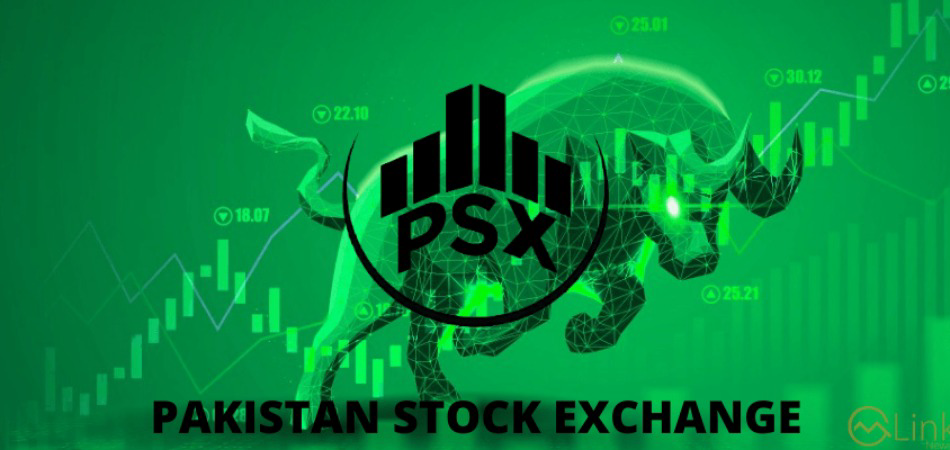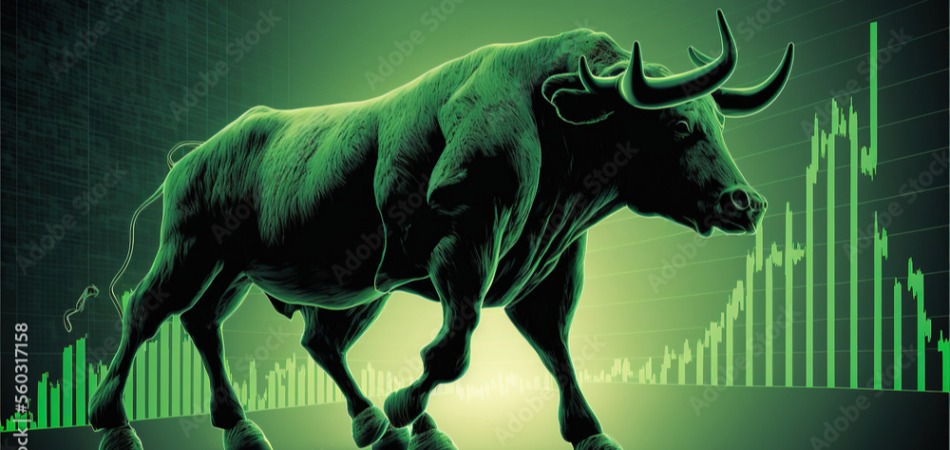Financial inflows increased after assistance from China, ADB, PSX witness selling pressure from foreign investors

By MG News | June 30, 2017 at 03:32 PM GMT+05:00
Financial inflows in the country increased during the first nine months of the current fiscal year following the fresh arrivals from Asian Development Bank, project loans from China, selling of sukuk bonds and assistance from commercial banks.
According the third quarterly report of State Bank of Pakistan during the first nine months, major inflows arrived from: (i) a US$ 1.0 billion Sukuk issued in October 2016; (ii) US$ 851.5 million from the Asian Development Bank; (iii) US$ 1.0 billion in Y17 65 mostly project loans from China; (iv) commercial loans (both short- and longterm) of US$ 1.3 billion; and (v) around US$ 673 million in proceeds from stake sales of three local companies.
Commercial banks also borrowed heavily from commercial lenders, to the tune of US$ 848 million in Jul Mar FY17, to ensure adequate dollar supplies in the wake of a surging current account deficit. The report said in case of FDI, China continued to be the top contributor, accounting for 37.1 percent (US$ 594.8 million) of total net inflows of US$ 1.6 billion during Jul-Mar FY17. It is worth noting that slightly less than half of this Chinese FDI (i.e. US$ 262.5 million) materialized in March 2017 alone, mainly in electricity generation and construction sectors (Figure 5.6) 23; the focus areas under the CPEC initiative. That said, FDI in the power sector declined 36.6 percent on YoY basis to US$ 389.3 million in Jul-Mar FY17;24 at the same time, direct investment to the construction sector increased to US$ 264 million, from just US$ 34.8 million in Jul-Mar FY16.
Besides CPEC-related investments, the country also received significant FDI from three merger and acquisition transactions in food, consumer electronics and financial services industries this year Meanwhile, portfolio investment was dominated by public sector inflows in Jul-Mar FY17 (as a result of the Sukuk), with private investors pulling out their funds from the local stock market on net basis. Most of these outflows (81.1 percent) were noted in the three month period of November 2016-January 2017, with the pace of foreign selling having slowed down considerably since then. This corresponds with the trend of foreign fund outflows from many EMs following the outcome of the US presidential elections (in November 2016), and the December 2016 federal funds rate hike. However, after the brief volatile period, foreign funds started flowing back to some EMs from February 2017 onwards. This dynamic didn’t seem to change after the US Fed raised its benchmark rate for the second time in three months (in March 2017). As the rate increase was widely expected, global equity markets barely shrugged at the development. 26 These included: US$ 458 million from the majority stake sale of Engro Foods to Dutch conglomerate FrieslandCampina; US$ 127.7 million from the complete sale of Dawlance Pakistan to Turkish firm Arcelik; and US$ 61 million from a 40 percent stake sale of the Pakistan Stock Exchange to a Chinese-led consortium.
?Foreign investors have sold US$ 459 million worth of equities at the PSX during Jul-Mar FY17; of this, selling worth US$ 372.4 million was recorded in Nov-Jan FY17 (source: National Clearing Company of Pakistan Ltd). In Pakistan's case, market analysts believe that foreign investor activity at the bourse in the short-term will be mainly driven by passive foreign funds, as the country formally rejoins the Morgan Stanley Capital International's (MSCI) Emerging Market Index in June 2017.
Related News
| Name | Price/Vol | %Chg/NChg |
|---|---|---|
| KSE100 | 130,686.66 280.01M |
0.26% 342.63 |
| ALLSHR | 81,305.25 897.01M |
0.35% 281.26 |
| KSE30 | 39,945.45 114.02M |
0.09% 37.19 |
| KMI30 | 190,698.05 148.61M |
0.61% 1163.05 |
| KMIALLSHR | 55,074.15 495.43M |
0.53% 290.50 |
| BKTi | 34,568.40 28.73M |
-1.07% -372.33 |
| OGTi | 28,739.35 22.59M |
1.57% 443.29 |
| Symbol | Bid/Ask | High/Low |
|---|
| Name | Last | High/Low | Chg/%Chg |
|---|---|---|---|
| BITCOIN FUTURES | 110,285.00 | 110,525.00 110,055.00 |
-130.00 -0.12% |
| BRENT CRUDE | 68.73 | 68.89 68.71 |
-0.07 -0.10% |
| RICHARDS BAY COAL MONTHLY | 97.50 | 0.00 0.00 |
-0.75 -0.76% |
| ROTTERDAM COAL MONTHLY | 108.45 | 109.80 108.45 |
-0.55 -0.50% |
| USD RBD PALM OLEIN | 998.50 | 998.50 998.50 |
0.00 0.00% |
| CRUDE OIL - WTI | 67.03 | 67.18 66.99 |
0.03 0.04% |
| SUGAR #11 WORLD | 16.37 | 16.40 15.44 |
0.79 5.07% |
Chart of the Day
Latest News
Top 5 things to watch in this week
Pakistan Stock Movers
| Name | Last | Chg/%Chg |
|---|
| Name | Last | Chg/%Chg |
|---|




 Trade Balance
Trade Balance
 CPI
CPI